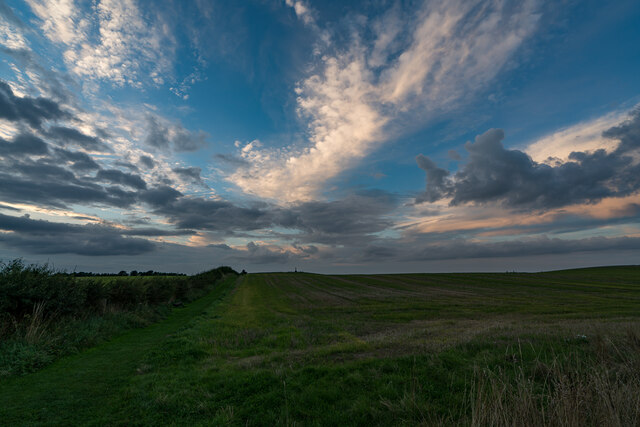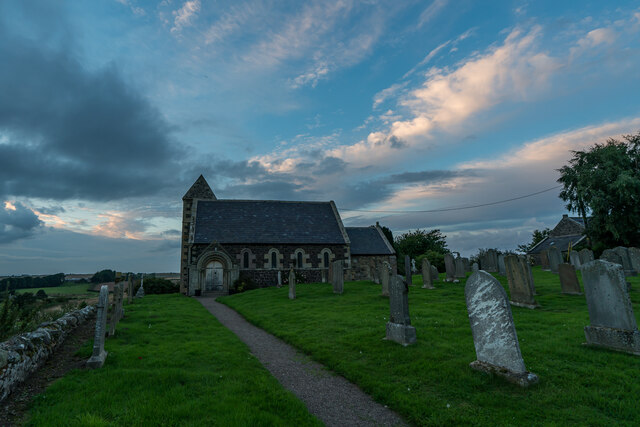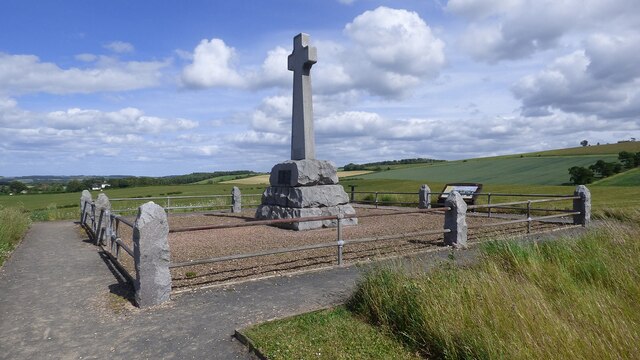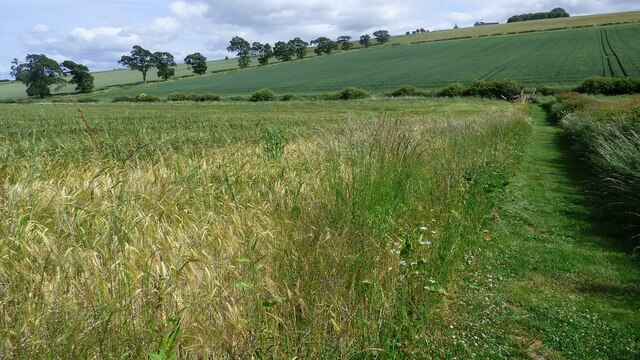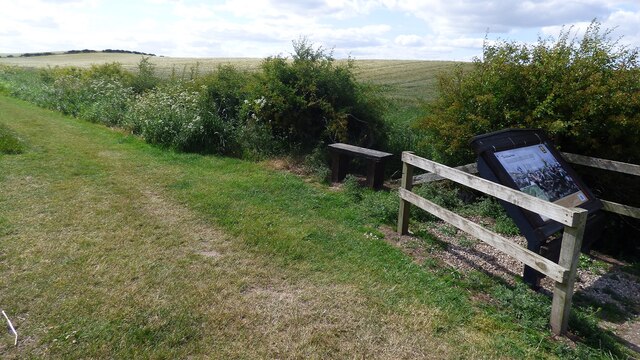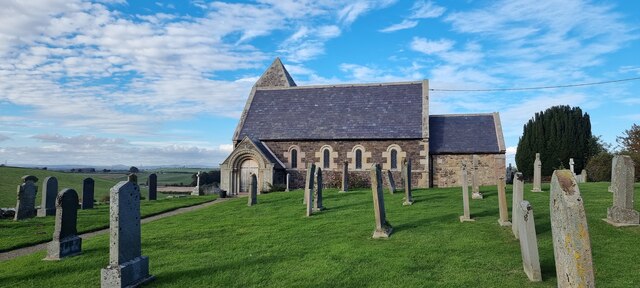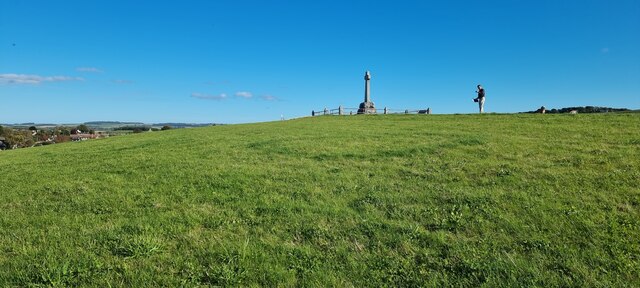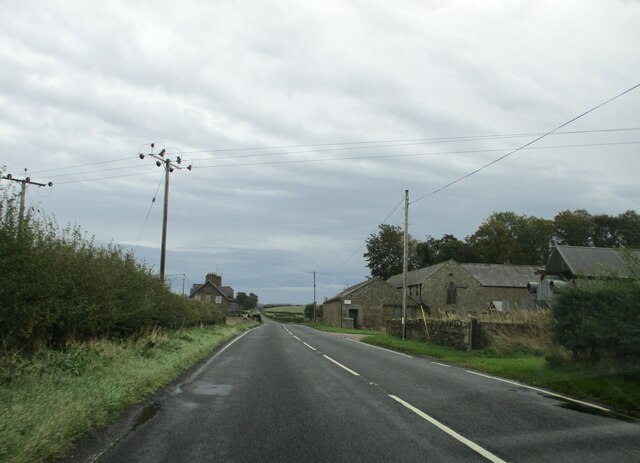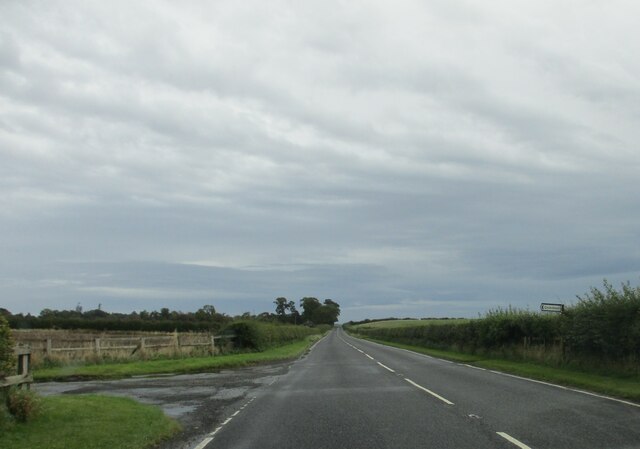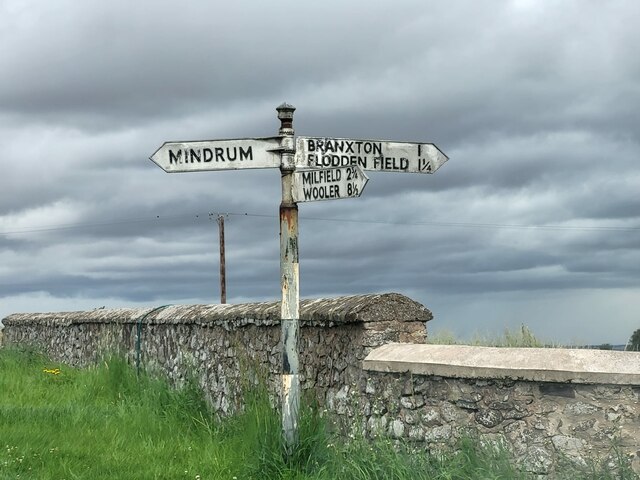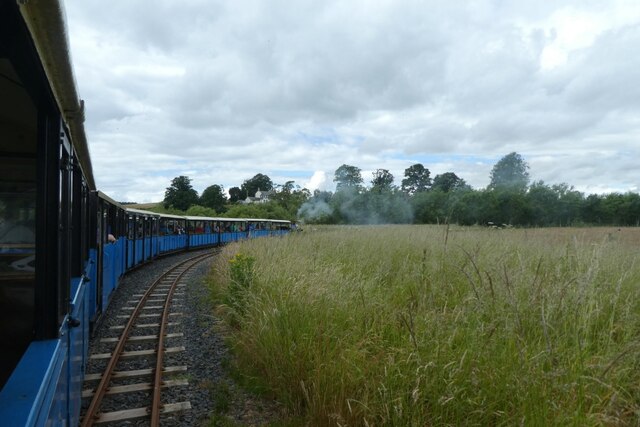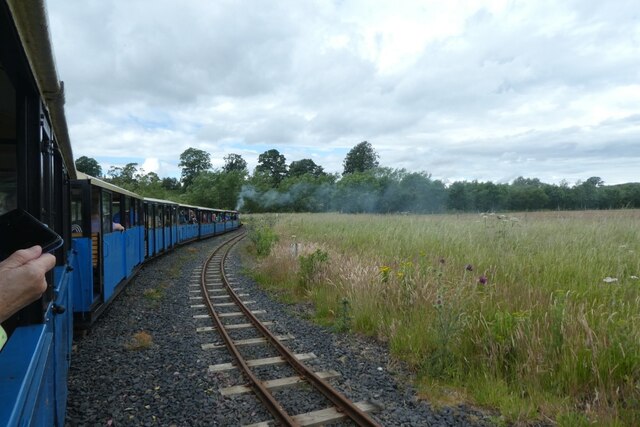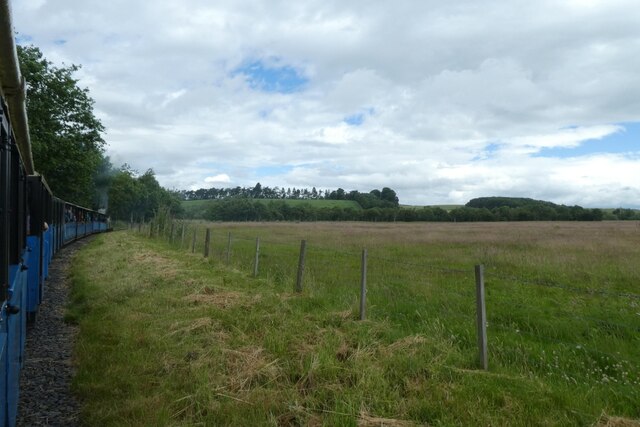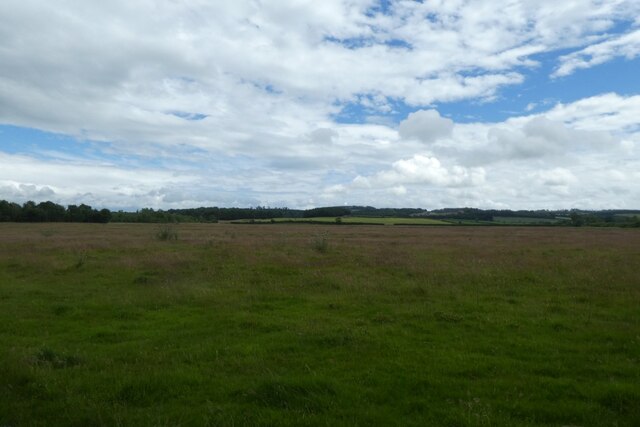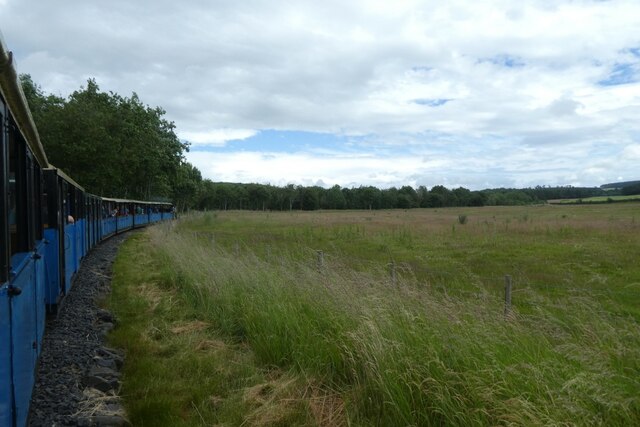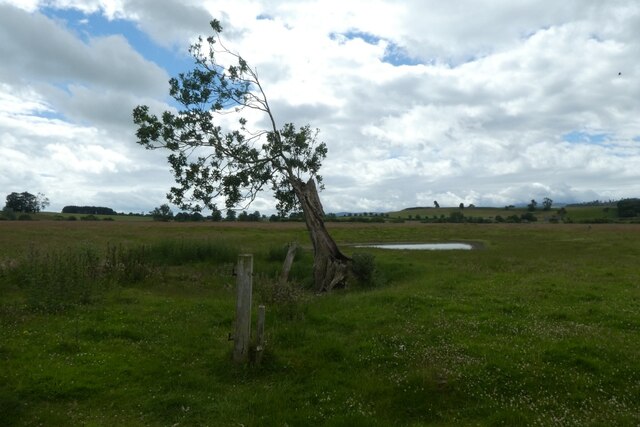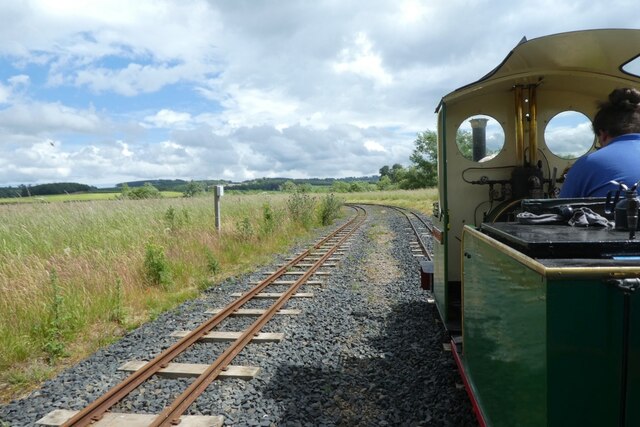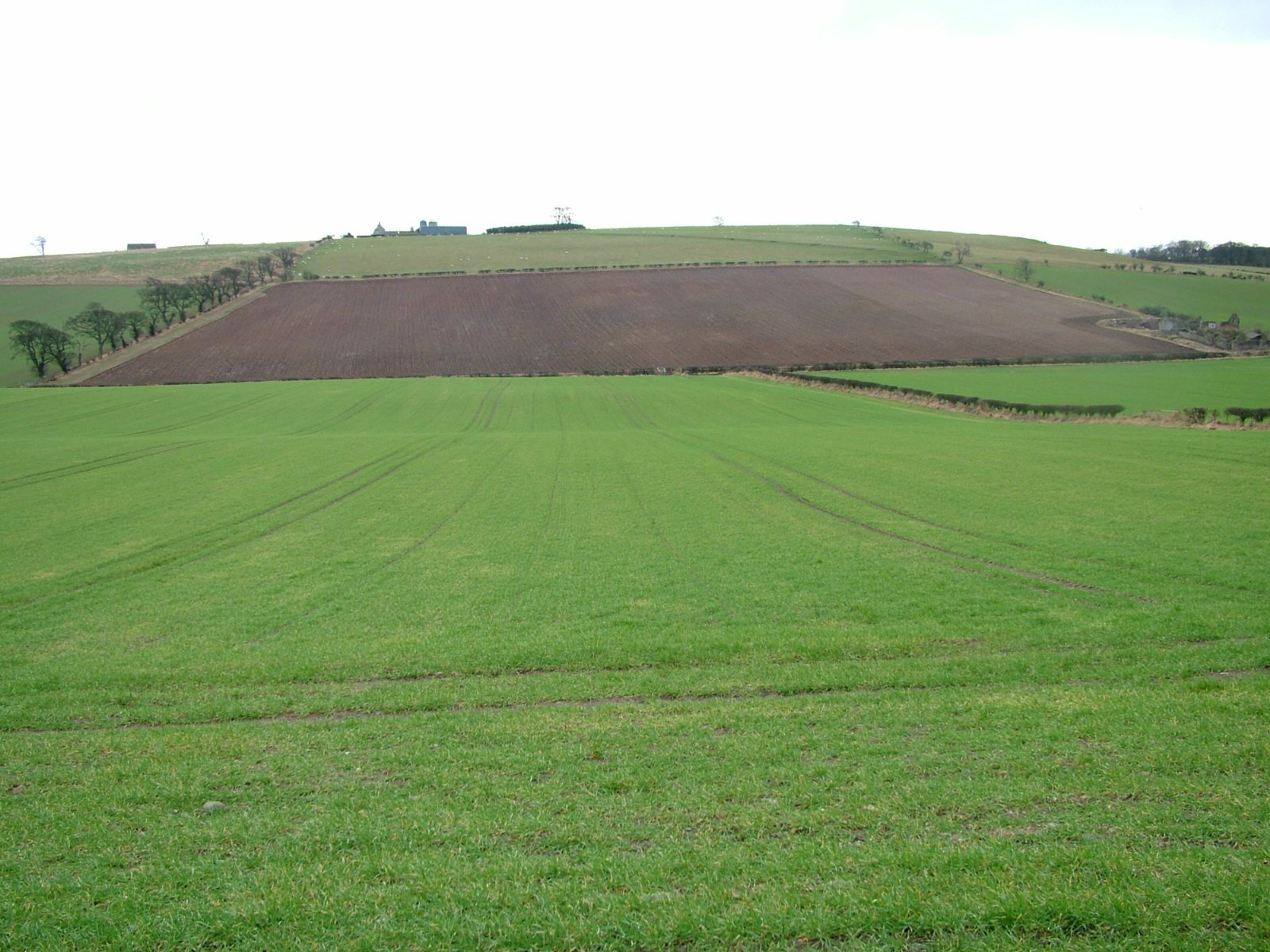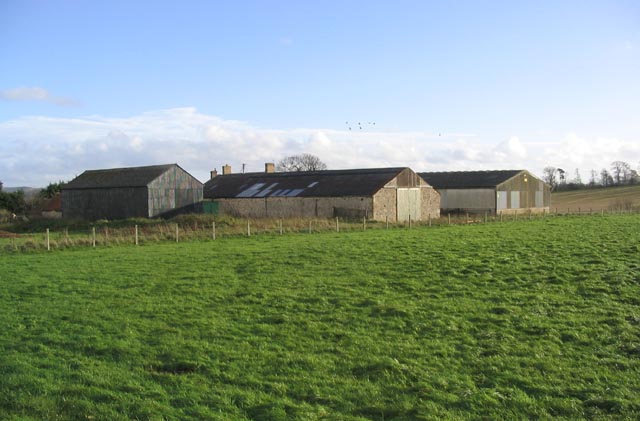Mardon
Settlement in Northumberland
England
Mardon

Mardon is a small village located in the county of Northumberland, England. Situated in the northeastern part of the country, Mardon is nestled amidst the stunning natural beauty of the Northumberland National Park. The village is surrounded by rolling hills, picturesque countryside, and offers panoramic views of the Cheviot Hills.
With a population of around 300 residents, Mardon is a close-knit community that prides itself on its tranquility and charm. The village is known for its quaint cottages, many of which date back several centuries, and its well-preserved historic buildings. The local church, St. Mary's, is a notable landmark, featuring beautiful stained glass windows and intricate stonework.
Mardon is a haven for outdoor enthusiasts, offering a myriad of recreational activities. The nearby Northumberland National Park provides ample opportunities for hiking, cycling, and nature walks, allowing residents and visitors to immerse themselves in the area's natural splendor. Additionally, the village is in close proximity to the River Coquet, which is renowned for its fishing and attracts anglers from all over.
Despite its tranquility, Mardon benefits from good transport links, with easy access to the A697 road connecting it to larger towns and cities. The village is also home to a few local amenities, including a village hall, a small convenience store, and a traditional pub, which serves as a popular meeting place for locals.
Overall, Mardon is a charming village that offers a peaceful and idyllic lifestyle, making it a sought-after destination for those seeking solace in the natural beauty of Northumberland.
If you have any feedback on the listing, please let us know in the comments section below.
Mardon Images
Images are sourced within 2km of 55.634187/-2.1552211 or Grid Reference NT9037. Thanks to Geograph Open Source API. All images are credited.

Mardon is located at Grid Ref: NT9037 (Lat: 55.634187, Lng: -2.1552211)
Unitary Authority: Northumberland
Police Authority: Northumbria
What 3 Words
///notched.galloping.jabs. Near Ford, Northumberland
Nearby Locations
Related Wikis
Branxton, Northumberland
Branxton is a village and civil parish in northern Northumberland, England. It lies about 3 miles (5 km) from the England-Scotland border and about 4 miles...
Crookham, Northumberland
Crookham is a village on the River Till in Northumberland, in England. It is situated approximately 8 km (5.0 mi) to the east of Coldstream and 14 km...
Pallinsburn House
Pallinsburn House is an 18th-century country house situated at Ford, Northumberland. It is a Grade II* listed building. The house was built about 1763...
Battle of Flodden
The Battle of Flodden, Flodden Field, or occasionally Branxton or Brainston Moor was a battle that was fought on 9 September 1513 during the War of the...
Nearby Amenities
Located within 500m of 55.634187,-2.1552211Have you been to Mardon?
Leave your review of Mardon below (or comments, questions and feedback).
